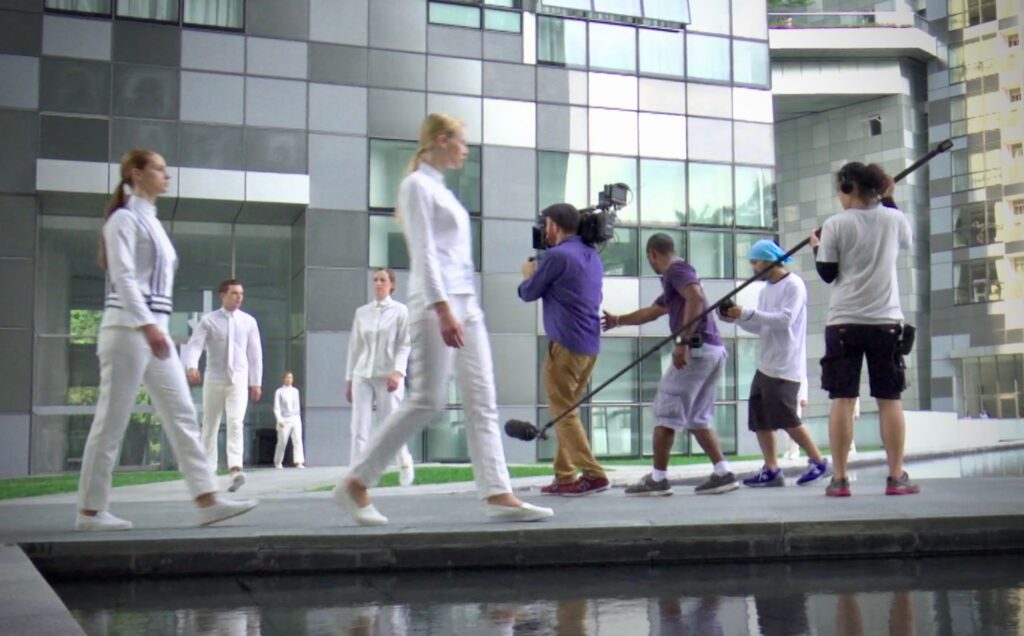Archive for November, 2020
 Is Post-Production Our New Livelihood?
Is Post-Production Our New Livelihood?
For the last decade, in the halcyon years before COVID, documentary, corporate, and other non-fiction DPs, were already assuming a greater role in post-production. Whereas frame rates, f-stops, and the character of lenses, once formed the backbone of our expertise and practice, DPs in the non-theatrical realm increasingly find ourselves in a much different kind of role, performing tasks that seem an awful lot like post-production.
The advent of the smartphone camera has had a lot to do with it, as mobile editors like LumaTouch’s LumaFusion regularly remind us of the device’s plethora of impressive capabilities.
With the transition to IP and remote production, non-fiction DPs have had to embrace the new normal, which increasingly includes a significant post-production role. We already use a range of post-camera tools to perform image-control tasks, like removing the flicker from discontinuous light sources or stabilizing shaky, handheld scenes. Now, beyond the exigencies of image remediation, we are moving into a creative role, selecting takes and compiling footage, and even delivering a quasi-finished edited program while still in the field.
It isn’t that DPs are forsaking cinematography in favor of a cushier, sit-down life as ersatz editors. Instead, it’s more about the kinds of projects we are apt to pursue these days, and who is paying for them.
I recall my BTS work on the Lethal Weapon franchise in the 1980s and 1990s, and my assignments couldn’t be more straightforward. Commissioned by Warner Bros. and HBO, I would shoot content in and around the set, including interviews with the director and talent. I would then furnish the raw footage on videocassette to the editor, who would work with a writer to assemble the finished show. In other words, DPs shot, writers wrote, and editors edited.
A decade later on films like The Darjeeling Limited and Moonrise Kingdom, my behind-the-scenes deliverables had expanded dramatically. By now, the studio’s publicity department had split into mini-fiefdoms of home video and DVD, marketing, and special projects – all of whose chiefs and czars contributed to, and played a role in, overseeing my BTS content. The Web and the immediacy it demanded a two or three-minute program daily for posting on the studio website, distribution to the press, and dissemination across social media – all the while operating on a moving train or in a tiny hotel room thousands of miles from home.
A quick pan around corporate and news magazine sets these days and the trend couldn’t be clearer: Remote IP production is obviating the need for large investments in pricey infrastructure. A humble facility in our garage can receive live inputs from a multitude of sources from mobile phones, iPads, computer screens, and whatever else we have lying around in the IP arena. Understandably, producers look around the set and who do they see, looking competent and confident? That’s right. Rightly or wrongly, producers conclude that logically it makes sense for DPs to do it all.
****

Shooting behind-the-scenes for feature films? Be prepared to assemble a featurette, podcasts for the studio website, and an electronic press kit (EPK). And oh yes. You may also need to provide a live stream directly from the set.